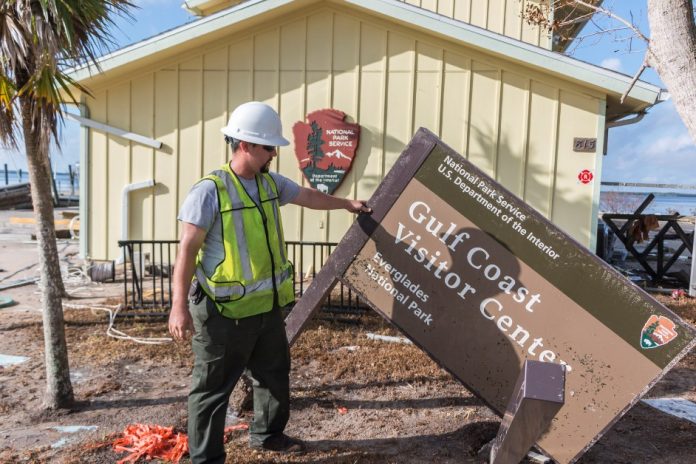The extensive power outages, flooding, evacuations and road obstructions make it difficult to know Hurricane Irma’s impact on Southeast construction materials production, Rental Equipment Register reports.
The publication reports that Florida is not a major source of construction materials for other regions. “But demand for materials from damage in Florida, the Caribbean and Puerto Rico will likely have an impact on delivery times and prices elsewhere,” the story says.
Unlike the damage caused by Harvey in Texas and Louisiana, which resulted mostly from flooding, much of the damage from Irma was from extreme winds that tore off roofs, blew out windows and brought down power lines. Evacuations from Irma were much more extensive, and several million customers are without power, a situation that may take many weeks to rectify. The geology of Florida may mean there is more extensive damage to roads and underground structures from subsidence and sinkholes.
The story from Hurricane Harvey in Texas appears less serious.
“What we are hearing from our construction contacts on the ground post Harvey is that this will be a residential and nonresidential rebuild event, and public/infrastructure will only need to be repaired (vs. rebuilt),” a RER reader wrote. “Cement capacity utilization in the U.S. market is tightening, but we are not quite to an all-out shortage yet. Given access to a major port that can import cement, we don’t anticipate cement shortages in the near to mid-term.”
“The only product category in that market that could be at risk is wallboard—scarcity will be driven by a big surge in demand, coupled with at least one major plant not fully operational in that market. Finally, gas and diesel shortages are already an issue in south Texas post storm—this should fix itself in a couple of weeks.”
Skilled labor shortages will be an issue, of course as there was already pressing demand in Florida’s economy before the hurricane. This will likely cause significant wage/cost increases.
Construction compensation consultant PAS has reported in its Construction Compensation Quarterly on September 1 that open-shop “contractors anticipate skilled craft hourly wage increases of 3.1 percent in 2017 (3.2 percent excluding zeros). Actual increases for 2016 were 3.2 percent (including zeros) and 3.3 percent (excluding zeros). These increases are across the board or all craft, contractor types, contractor sizes and regions of the country. (This year’s survey includes 89,363 skilled craft employed by more than 900 open-shop contractors. The 3.1 percent average, if realized, would be the smallest since 2012.
Employer costs for employee compensation in the second quarter averaged $39.18 for construction employers, 18 percent more than for all private-sector employers, the bureau of Labor Statistics reported in late September. For both construction and all private employers, wages and salaries comprised just less than 70 percent of the total, but the composition of some costs differed substantially.







